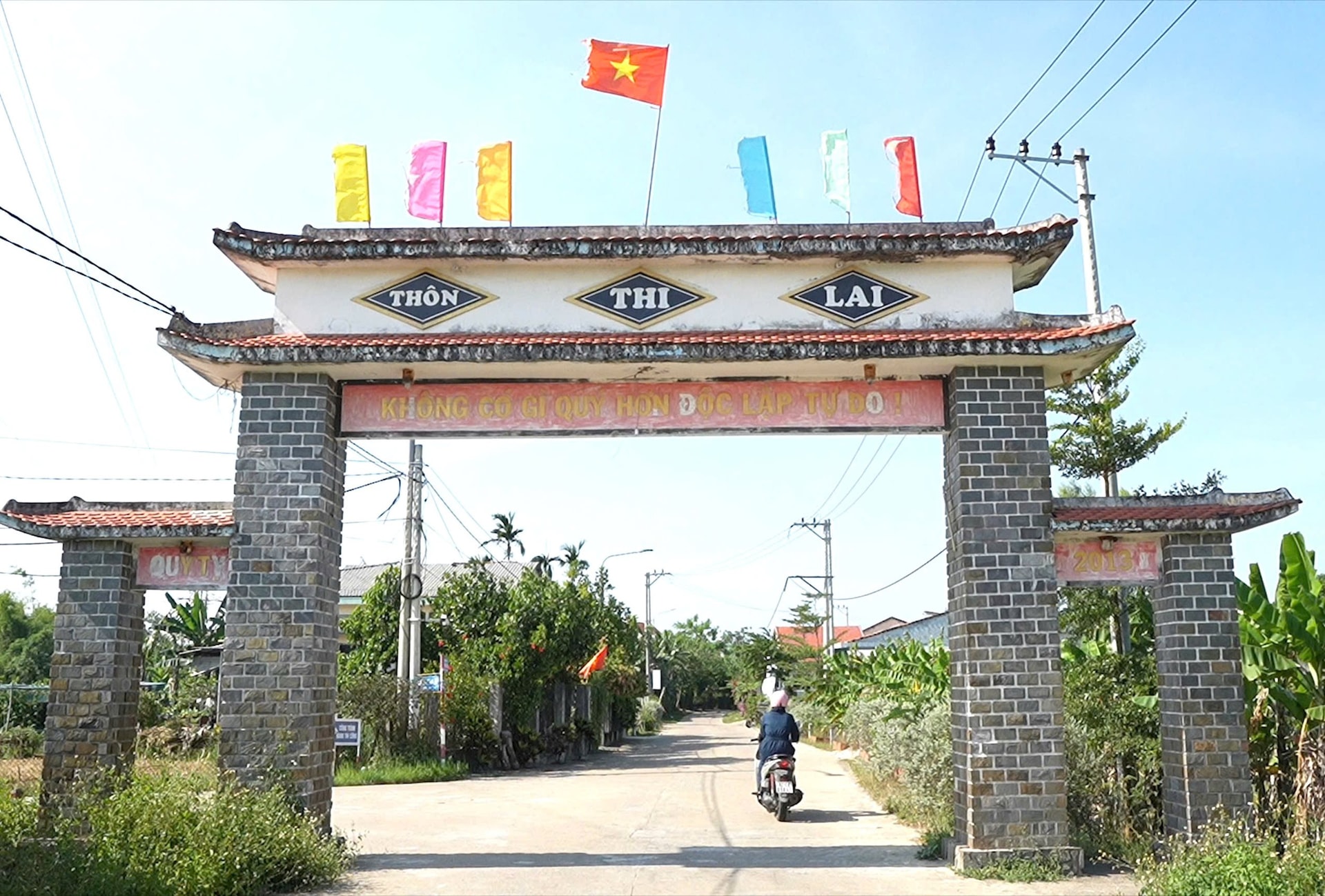
Thi Lai village currently has 4 solidarity groups, 217 households with 846 people. People's lives mainly depend on agricultural production. Mr. Luong Xuan Nam - Head of Thi Lai village said that the whole village has 10.5 hectares of rice land and 18.5 hectares of fertile land.
In recent times, thanks to the systematic application of technical processes and guaranteed irrigation water sources, the average rice yield of the village has reached 6 tons/ha/crop.
In particular, local farmers focus on developing short-term industrial crops and staple food crops and have formed concentrated commodity production areas with an economic value of 100 million VND/ha/year...
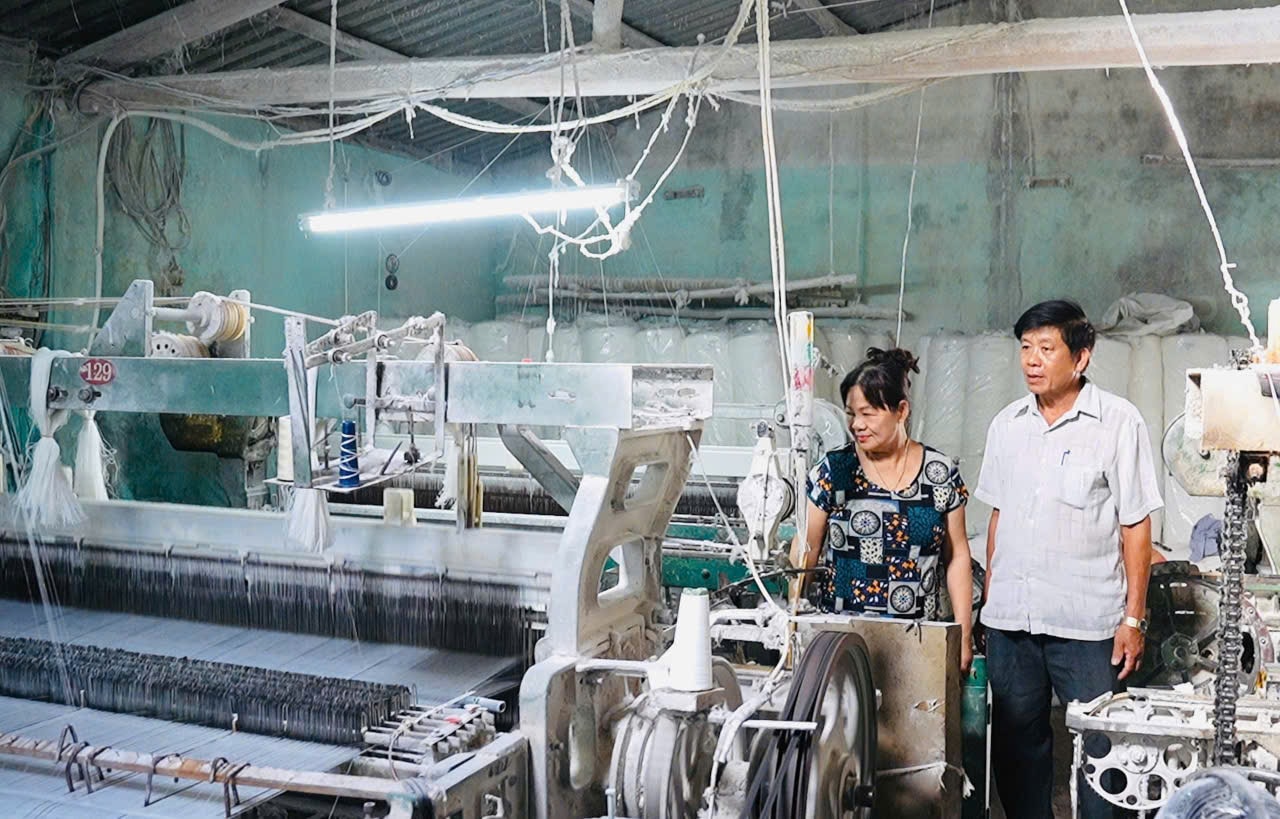
Over the years, Thi Lai villagers have continued to maintain and develop the weaving profession with 31 households and 139 weaving machines, providing stable jobs for more than 60 local workers. Small-scale handicrafts and trade and services in the area have also developed in a diverse manner.
“Thanks to the economic recovery, in 2024, the average income per capita of Thi Lai village reached 61.2 million VND, an increase of more than 5% compared to the average income of the new rural commune; currently there are no poor households in the village,” said Mr. Nam.
Responding to the new rural construction, in Thi Lai today, the rural traffic system with a total length of 3.2km is solidly concreted, spacious, green - clean - beautiful; electricity lights up many rural roads. The irrigation system and intra-field traffic have been invested in and built, contributing to creating conditions for agricultural economic development.
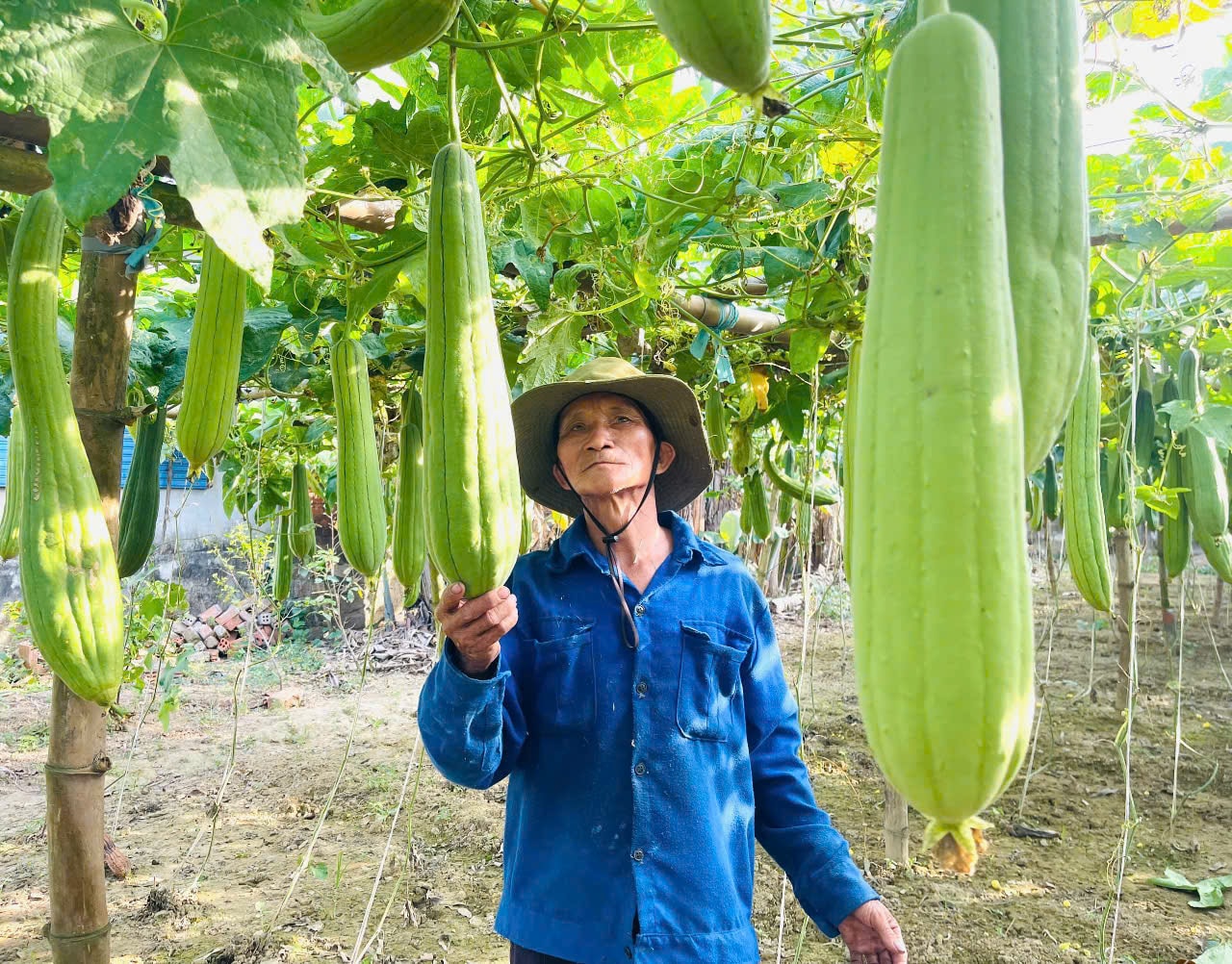
Up to now, there are no more temporary or dilapidated houses in the village. Residential houses are built to ensure "3 hard" according to regulations. Fences and gates are built spaciously, in harmony with the village landscape.
The village cultural house was invested in construction with an area of 1,658m2, including a hall, garage, storage for sports and exercise equipment, tables and chairs, sound, lighting, wifi, bookcases, etc.
In 2024, Thi Lai village will have 94% of families meeting the standards of cultural families and the village meeting the standards of cultural villages. Social security policies are focused on implementing, taking care of people's lives. The political security situation - social order and safety in the village are maintained and stable.
Mr. Xa Nguyen Minh Quang - Secretary of Thi Lai village Party Cell said: "The Party's will and the people's hearts are united into one strength, that is the prerequisite for Thi Lai to achieve outstanding results and meet the standards of a model new rural residential area, contributing to building the homeland to develop more and more, truly a livable countryside".
Source: https://baoquangnam.vn/dau-an-khu-dan-cu-kieu-mau-thi-lai-3154763.html



![[Photo] Prime Minister Pham Minh Chinh receives Country Director of the World Bank Regional Office for Vietnam, Laos, Cambodia](https://vphoto.vietnam.vn/thumb/1200x675/vietnam/resource/IMAGE/2025/5/15/2c7898852fa74a67a7d39e601e287d48)



![[Photo] National Assembly Chairman Tran Thanh Man meets with Thai Prime Minister Paetongtarn Shinawatra](https://vphoto.vietnam.vn/thumb/1200x675/vietnam/resource/IMAGE/2025/5/15/e71160b1572a457395f2816d84a18b45)
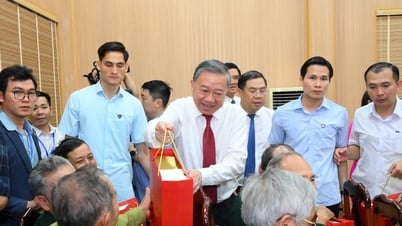

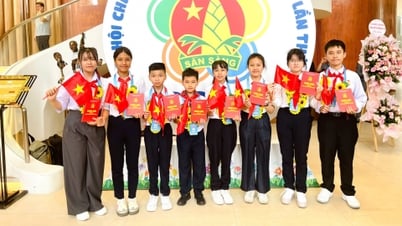

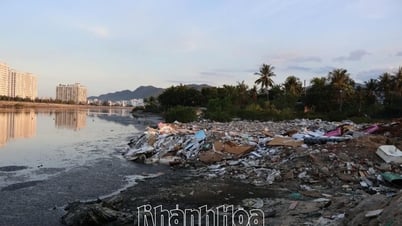





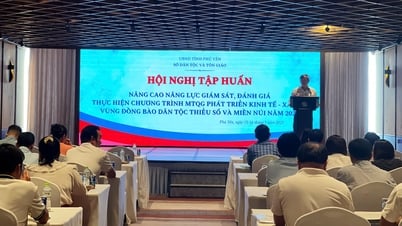







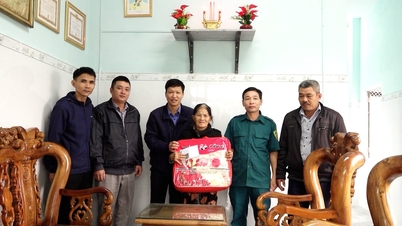

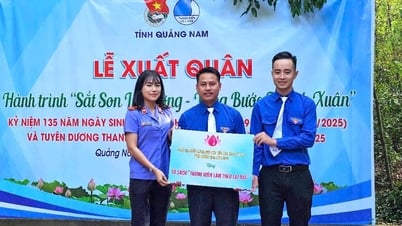
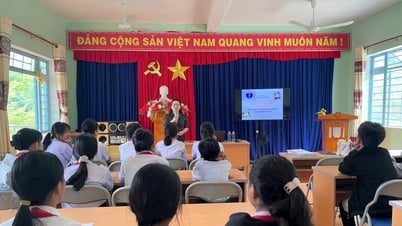
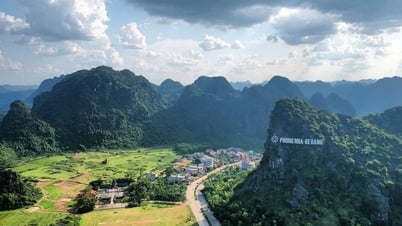

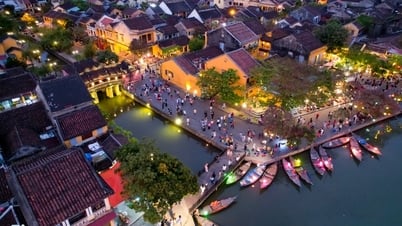

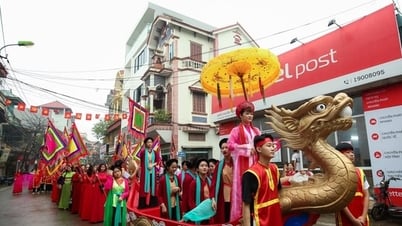







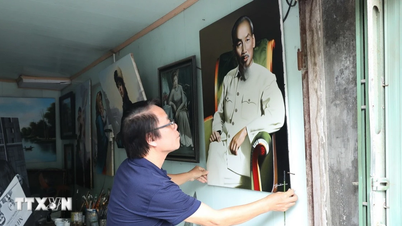

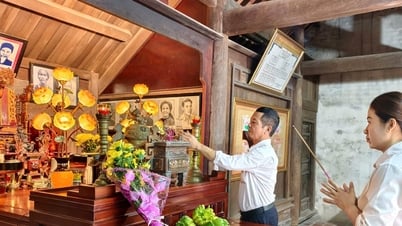




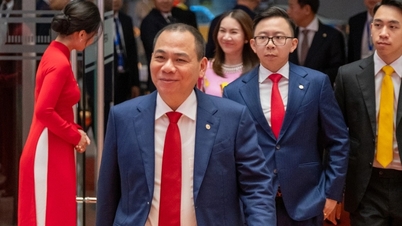

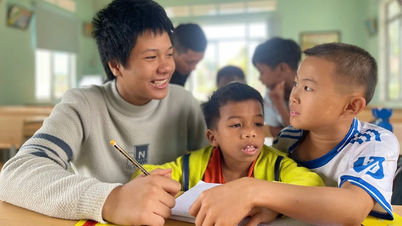








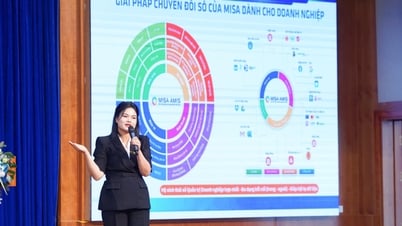


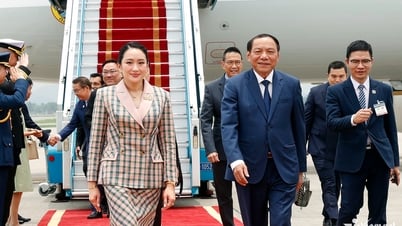
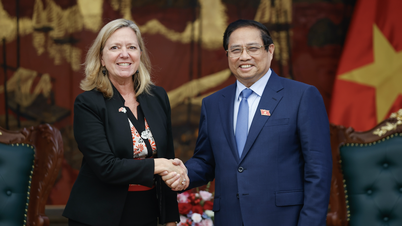




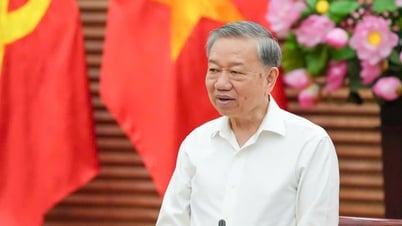


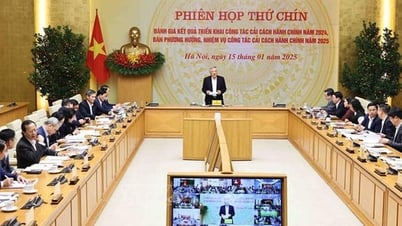

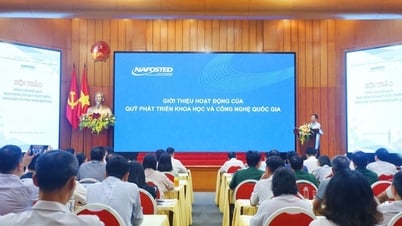


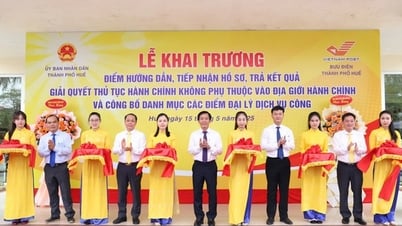





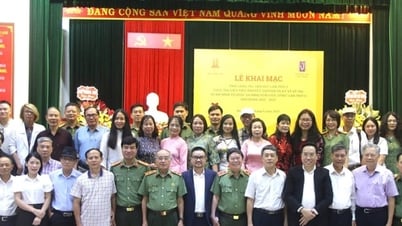
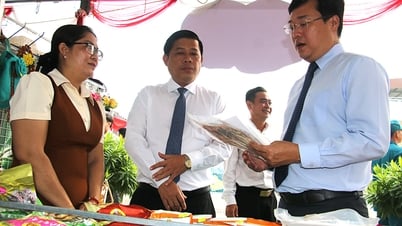
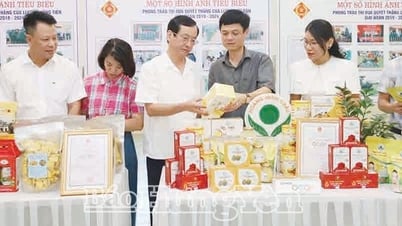

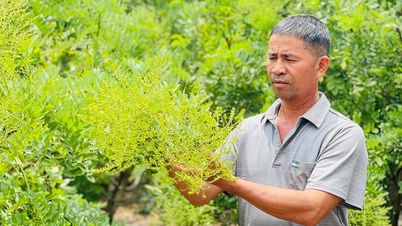

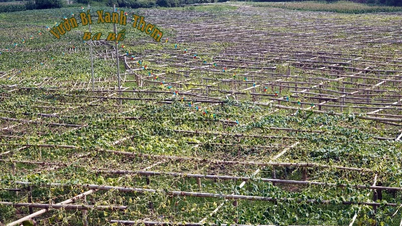

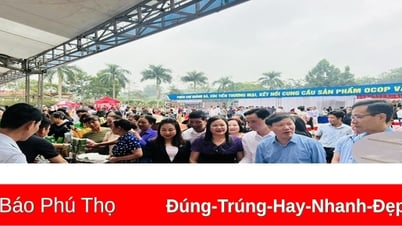


Comment (0)